In the fields of rehabilitation medicine, sports training, orthopedic therapy, and even general health management, the value of gait analysis is increasingly recognized.
As the core tool in this process, the gait analysis plate—also known as the plantar pressure distribution system—has become a standard device for many medical institutions, rehabilitation centers, sports science labs, and custom insole clinics.
However, with a wide variety of features and price ranges on the market, many people find themselves overwhelmed when choosing the right equipment. So, how do you select a gait analysis plate that is both professional and cost-effective? This article will walk you through everything you need to know.
Plantar Pressure Distribution System: What It Does
A gait analysis plate uses a high-density array of pressure sensors to accurately capture the distribution of plantar pressure, load time, and center of gravity trajectory during standing, walking, or running. The data collected can be applied across various scenarios: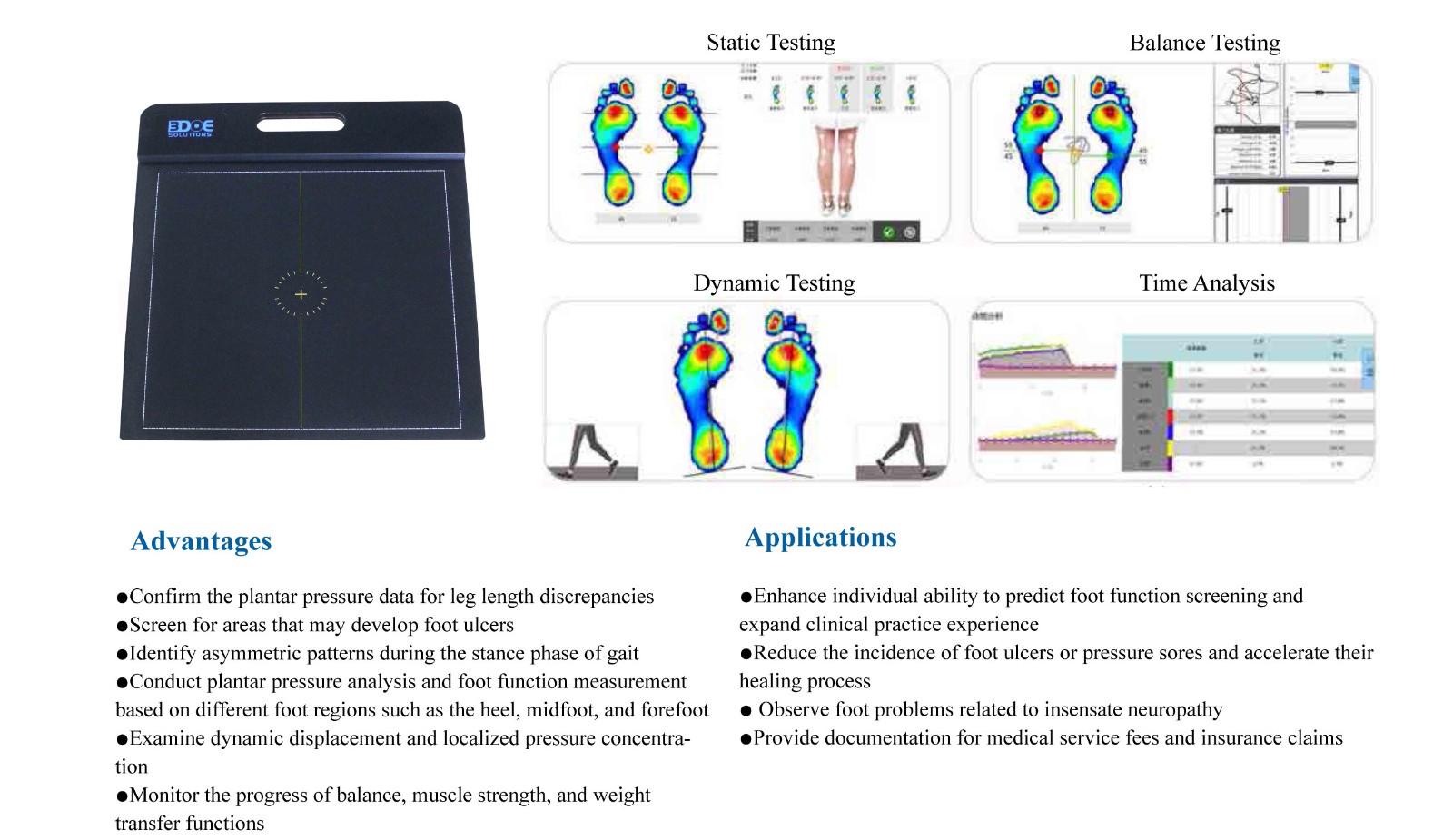
Diagnosis of foot conditions such as hallux valgus, fallen arches, or flat feet
Evaluation of rehabilitation progress, especially post-surgical gait restoration
Performance optimization in running and walking
Design and validation of custom insoles or orthotic devices
Posture analysis and developmental screening for children
Key Parameters to Understand Before Purchasing
Sampling frequency is the first thing to consider. For dynamic gait analysis, a sampling rate above 100 Hz is recommended. For high-speed movements such as running, look for devices with at least 200 Hz to avoid losing critical data.
Sensor density is also crucial. A higher number of sensors yields more detailed plantar pressure maps, leading to more accurate analysis—especially important for orthotic applications requiring high precision.
Plate size matters too. Typical lengths range from 0.5 to 2 meters. Shorter plates are suitable for static assessments or quick screenings, while longer plates can capture a full gait cycle, making them ideal for clinical or research use.
Make sure the device supports dynamic testing. Some models only measure static standing pressure and cannot record walking or running. If your goal includes gait analysis or performance evaluation, dynamic functionality is essential.
The usability of the software system is another key factor. A user-friendly interface, automatic report generation with visual graphics, and support for various data export formats can significantly improve daily operational efficiency.
Purchase Recommendations Based on Budget
Under 30,000 RMB: Suitable for basic static pressure testing and entry-level analysis
Between 30,000 and 80,000 RMB: Mid-range devices with dynamic testing and visual reporting functions; ideal for rehabilitation departments, therapy clinics, and sports recovery centers
Above 80,000 RMB: High-end systems offering high resolution, high-frequency sampling, and full-featured analysis capabilities; best suited for hospitals, research institutions, and professional sports labs
Important Considerations Before Buying
Pay attention to the brand's certifications and reputation within the industry. Products with medical device registration or references from universities and hospitals are generally more reliable.
After-sales support is equally important. Ensure that the provider offers remote installation assistance, software updates, and ongoing technical maintenance.
Whenever possible, request a live demo or trial. First-hand experience with the device’s accuracy, software performance, and report generation will help you make a more informed decision.

 +86-0755-86131192
+86-0755-86131192 2025-05-15
2025-05-15 Back to list
Back to list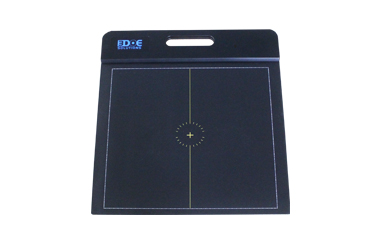
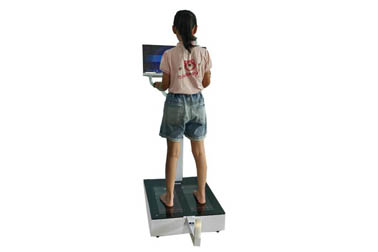
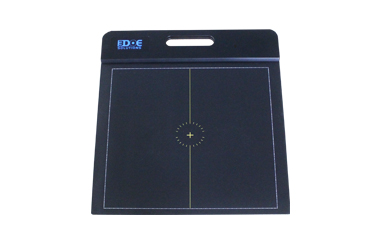
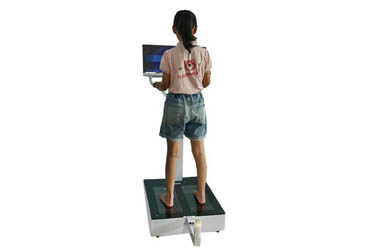
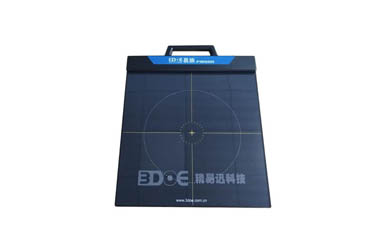
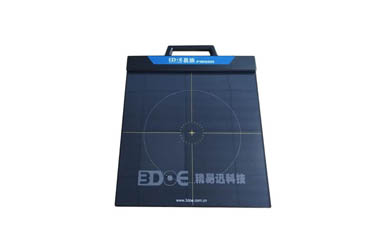



 +86-0755-86131192
+86-0755-86131192